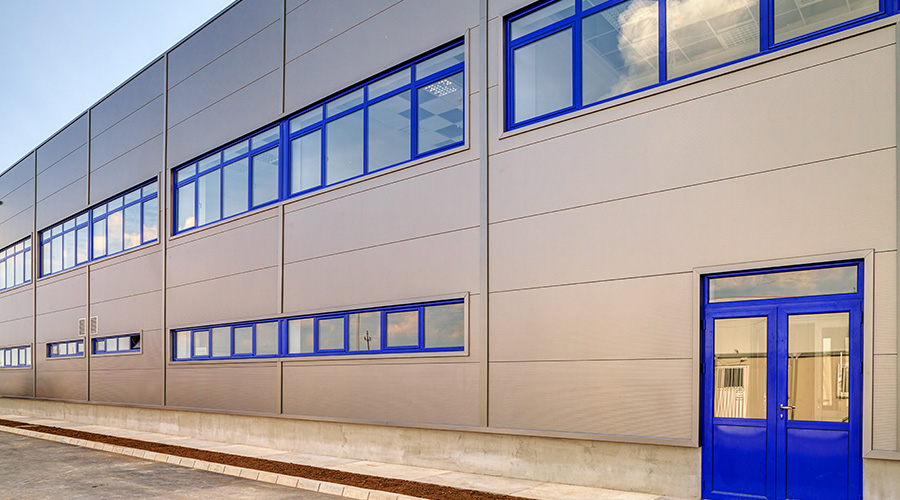Paints Applications: Recipe for Success
Paint and coating projects present maintenance managers with a host of challenges, from sustainability considerations to product specification. But for projects to succeed, managers must pay close attention to a series of bread-and-butter issues.
By understanding these considerations before having crews start any project, managers stand a better chance of delivering applications that enhance the area's appearance and deliver long performance life.
In Or Out?
Managers need a well-thought-out and documented policy covering painting projects. The policy starts with standard preparation, standard application methods, frequencies for various areas of the facility, and it should include guidelines for when to use in-house painters and when to hire contractors.
Typically, in-house painters do routine painting, such as refurbishing existing areas and equipment on a pre-set schedule. Managers generally hire contractors to address specialized needs, such as the restoration of historical buildings requiring special wood, stone and metal rehabilitation, as well as coatings expertise not available in-house; renovations requiring mold or asbestos remediation before painting; and large, one-time projects, such as storm-damage recovery or jobs requiring aerial work platforms and accessories.
Another specialty is painting rusted steel boiler stacks, which requires special scaffolding, direct-to-metal high-temperature paint, extended-handle scrapers and roller applicators, and painters accustomed to working from a swinging scaffold, using extended-handle tools, and wearing proper fall protection. It is essential that contractors on such projects have written proof of up-to-date workers compensation, general liability, and automobile insurance when arriving on site.
These insurance policies require annual renewal, so it pays to check the contractor's insurance certificate beginning and ending dates to make certain the insurance is in effect. Vendors who do this type of work exclusively have special coverage. The special needs for such projects often require specialized labor, equipment, and material resources for a specified, often non-recurring period of time, and the type and volume of work and expertise generally is beyond the capability of the in-house crew.
Related Topics:













